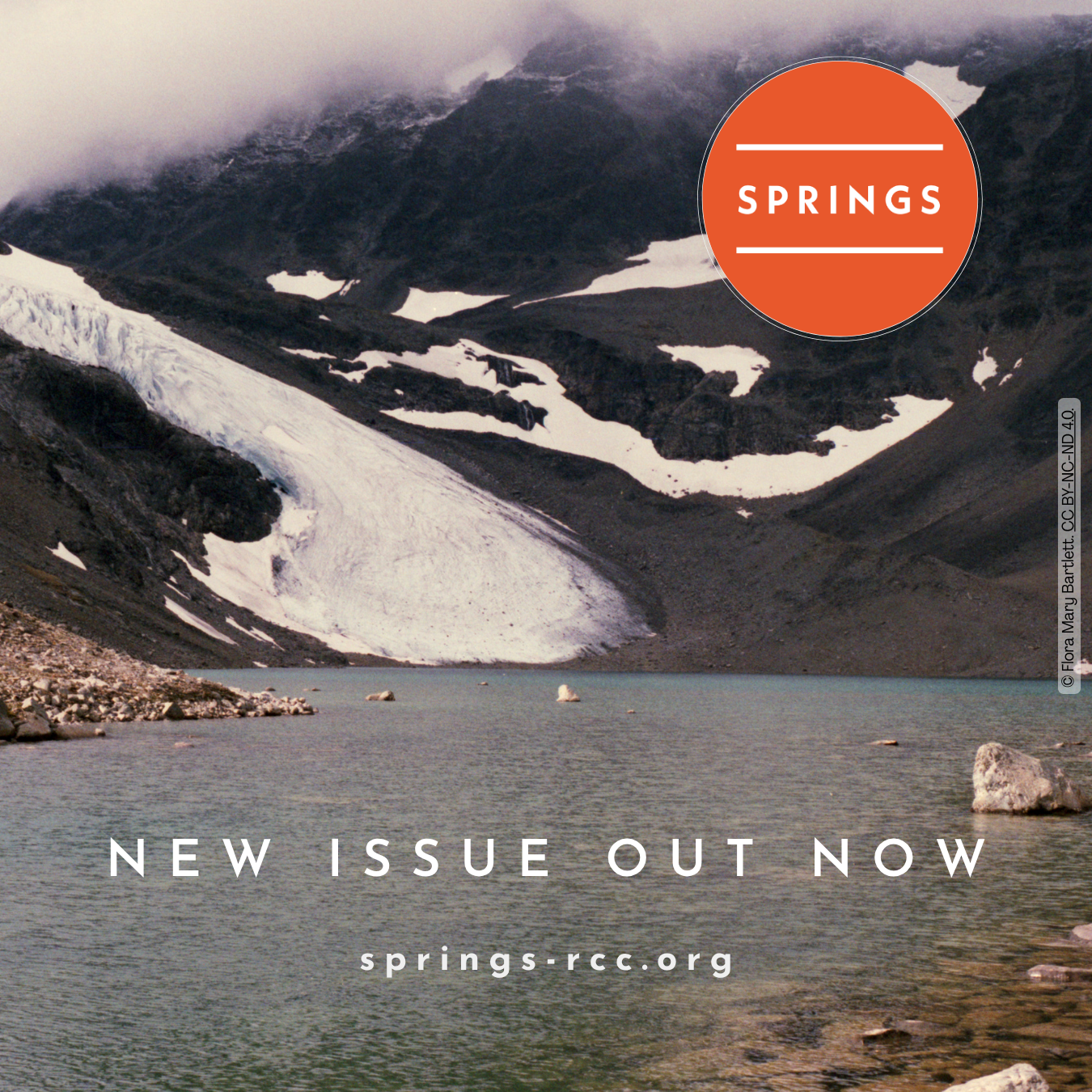Eighth Issue of Springs: The Rachel Carson Center Review
04.11.2025
The newest issue of Springs: The Rachel Carson Center Review opens with a dive into the world of comics, before embarking on a fieldtrip across an Arctic research station, Finland’s boreal forests, and the eroding riverbanks of Bangladesh. Three essays, a visual narrative, a short story, and an interview join forces to uncover missing pieces in our quest to understand human–environment interactions.
In “Ecocomics: Vivid Worlds in Images and Text,” literary scholar Julia Ludewig illustrates how comics materialize key environmental insights, not just for specialists but for all interested readers. On a grand tour through common themes and formal features, we learn about the genre’s favor toward “nonanthropocentric characters and stories with a certain nonchalance.”
Anthropologist Davide Orsini and historian Uwe Lübken shed light on nuclear decommissioning in their conversation about Davide’s Volkswagen Foundation Change! project “(Dis)Empowered Communities.” The final “phase in the life cycle of nuclear facilities” not only raises questions about contamination and future use of the sites, as Davide explains, but also shapes the cultural and physical landscapes of local communities.
Visual and environmental anthropologist Flora Mary Bartlett’s photographic “Portrait of an Arctic Research Station” invites us to northern Sweden to observe the exchanges of people, materials, and knowledge “between inside and out.” At Tarfala Research Station, boundaries between the buildings and their surroundings blur, and weather and landscape become active agents in Flora’s image-making process.
Historian Monica Vasile’s “Eagles, Marmots, Humans” follows two biologists working in the field, and asks “what kind of understanding might repair our fractured relationship with wildlife.” The scientist’s work, as Monica finds, is not just analytical but deeply “embodied and experiential”—showing that conservation begins with the relationships built in the field.
Gender-studies scholar Amrita Dasgupta documents the precarious existence of sex workers in Bangladesh who reside on the banks of the Passur River. As sea-level rise and erosion eat away their occupational land, they become “Puppets at the Hands of Water” and are “rendered amphibious—working both on land and water.”
In cultural-studies scholar Kata Beilin’s short story “Step Away,” Eve, a renowned professor of environmental law, has achieved academic success and international recognition, yet feels an emptiness beneath her busy life. At a seminar on environmental conflicts in the Amazonian jungle she meets Ené, a Waorani lawyer who invites her to her village—where the boundaries between both women blur, transforming Eve in ways she could have never anticipated.
Beyond these exciting additions, Springs continues its efforts to assemble writing from other open-access RCC publications. Our Springs archive curates articles from the online and print journal RCC Perspectives (2010–2020), the peer-reviewed online journal Arcadia: Explorations in Environmental History, and publications from RCC’s multigenre ecopedia, Seeing the Woods.
Downloads
- Editorial Note_Springs #8 (95 KByte)


